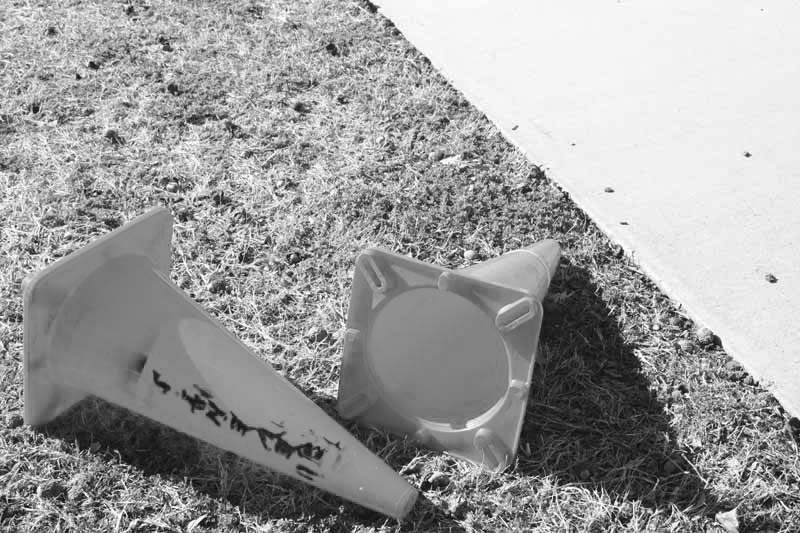 |
 |
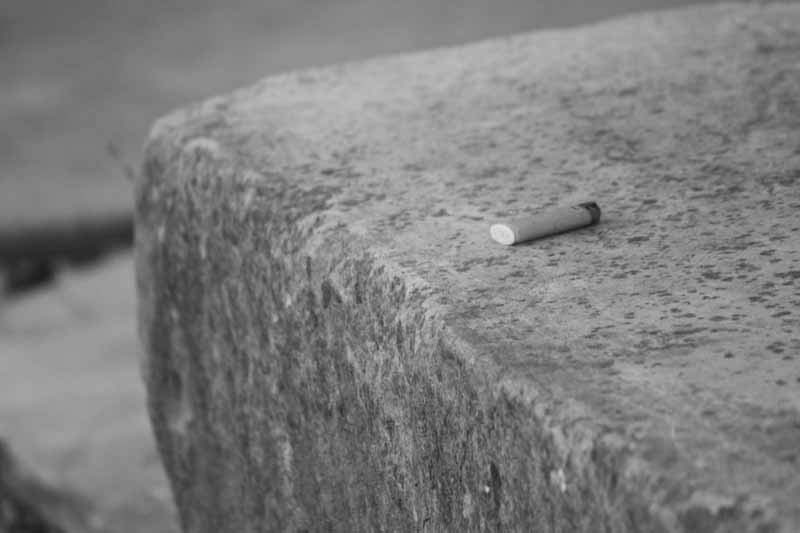 |
| Semiotics | Discourse II | Visual Objects |
 |
 |
 |
| Semiotics | Discourse II | Visual Objects |
| Instead of looking beyond to some esoteric cultural code to find meaning in an object, Tim Edensor encourages us to look at the object itself. Ideally, we will find that the object has a deeper message for us than any cultural contrivance may try to provide. Edensor writes that "the organization of the social world depends upon the regular and predictable distribution of objects in space, artefacts which support habitual social performances and ways of living" (Edensor, 97). In this model, then, everything has its particular way of being and being used, by the very 'nature' of what it is. But what is really natural about this process at all? Why should one thing be referred to as being more useful than another? Of course this will likely be the case when two things are compared for carrying out a specific task, but in no way should ability to perform this one task or do this one thing a certain way make it so one object always trumps the other. Edensor explains that "[u]sually unreflexively apprehended, [these uses] seem to be part of the way things are" (Edensor, ibid). But the possibility for revelation awaits us in the ruin. According to Edensor, "in the ruin all objects are equal, none assigned higher value than the others, because they are all categorized as trash," that is, they are all ascribed the same quality of uselessness by consuming culture (Edensor, 100). However, objects certainly don't become useless and 'die' in the trash bin, landfill, or abandoned back lot. In fact, a kind of reclamation takes place. The object becomes defined not by its commodity value, but by the true physical nature of what it is. As Edensor puts it, "[a]s previously celebrated and valuable commodities decay and become irrelevant in the continual creation of the new, they can be recognized as the dreams they always were" (Edensor, 101). Thus the odd, seemingly useless trinket can transcend its value as commodity and become a treasure. So even through the normative structures enforced by consuming culture, objects can still find a way to break out from within these norms. It is this breaking out which Edensor hopes we find in examining ruins. He mentions that "whilst objects are designated their roles, these can be far from static and may pass through a range of assignations, from the commodity, to treasured keepsake, to the worn out and discarded" (Edensor, 106). Thus objects come to transcend their 'traditional' roles as prescribed by society. This transcendence is what separates the object from the meanings of the cultural realm, and subsequently situates the object in its own individual realm of meaning. Edensor emphasizes this point in saying that "[e]ach of [the phases of an object in decay] stimulates different conjectures and sensations but all dispel the magic of the commodity as a separate and unique entity worthy of ownership" (Edensor, 113). The definitions of objects thus become determined, not by what society says they are, but "where things land or are thrown" (Edensor, 115). This reveals a thing's true identity which comes from within itself, material qualities which, even in the age of reproduction, can never be seamlessly reproduced. Thus Edensor writes that "things are never merely semiotic entities swirling through a hyper-real sign-system, but are made out of specific materials, have a weight and a texture" (Edensor, 120). It is this very physical quality of the object that makes it unique. This is why, "[i]n ruins, freed from the necessity to disguise its nature in the service of commodification…the materiality of matter returns" (Edensor, 122). And what could be more truthful, more solid, than what something is truly made of? |
|
| 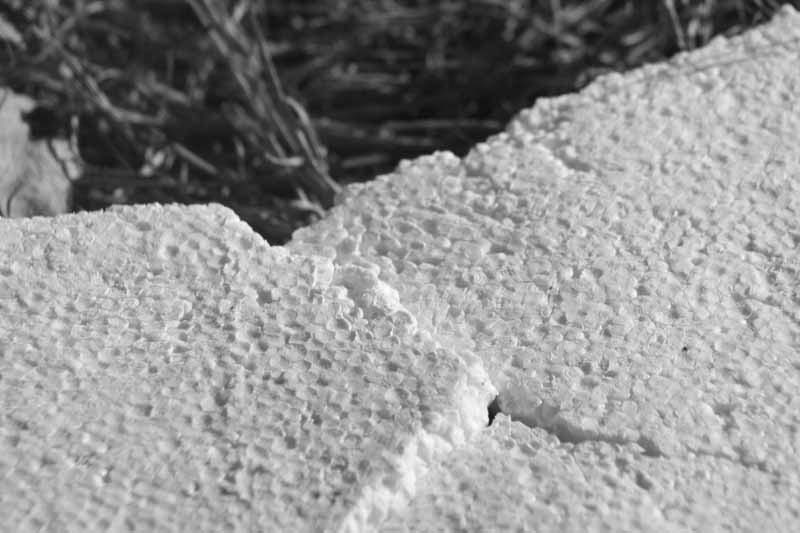 |
| David Bate explores how this notion of authenticity applies to photography, in determining what the image can truly divulge about a thing. "Photography," Bate explains, "is a social thing encountered everywhere. It cuts across every type of discourse, every division and boundary" (Bate, 435). And so, like Edensor's ruins, photography finds itself unbridled from the normative restraints of consuming culture. Because of photography's diverse nature, able to play a variety of roles from favoring the artistic to the everyday, it becomes the perfect tool with which to explore the nature of objects themselves. Bate continues by saying that, "[a]rt photography at the beginning of this century was treated more or less as a haven from the 'nasty' world of industrialized popular culture, was, and capitalism" (Bate, 436). This exhibits photography in its most institutionalized form, as another instance of 'art,' throwing up yet another barrier between perceived reality and the real. Photography also, "supplied the needs of an industrial culture, [through] the mass reproduction of images" (Bate, 439). Yet even in service to consuming culture, photography can be turned against it. Because it doesn't fit the constraints imposed on it, photography still maintains the ability to manifest itself on its own terms. "The idea of the authentic picture," for example, "has not been effaced by the reproductive qualities of the photograph" (Bate, 440). That is, there is still a sense of what is 'true' about an image that transcends any sense of what is 'right' about the image. And so, even through photography which consuming culture has tried to establish as another institution of surveillance, the very foundations of that culture begin to crumble; the very well-defined and carefully constructed place for everything begins to fade, revealing that particular distinctions are a little messier than previously thought. And so, Bate asks, "[w]hat does all this mean for the study of photography today? The lesson must be that the institutional divisions which were once identifiable with certain codes and styles of images have become far more slippery" (Bate, 441). |
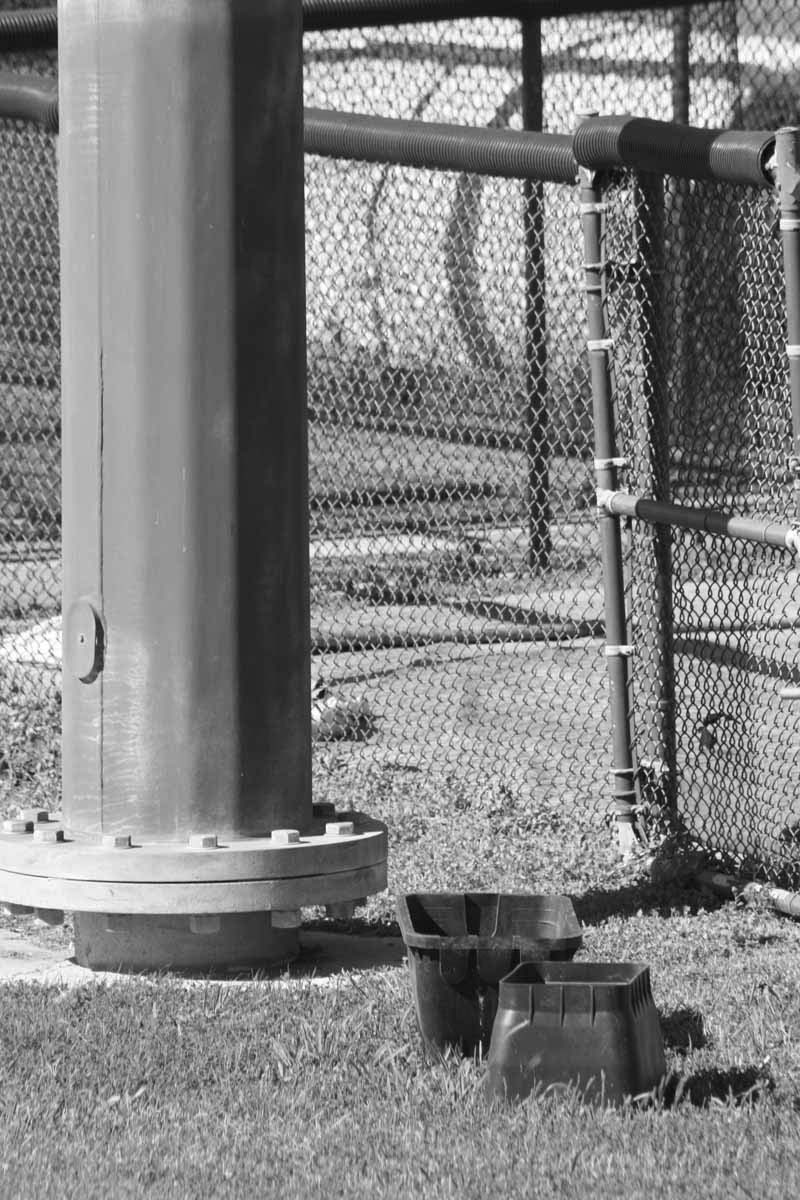 |
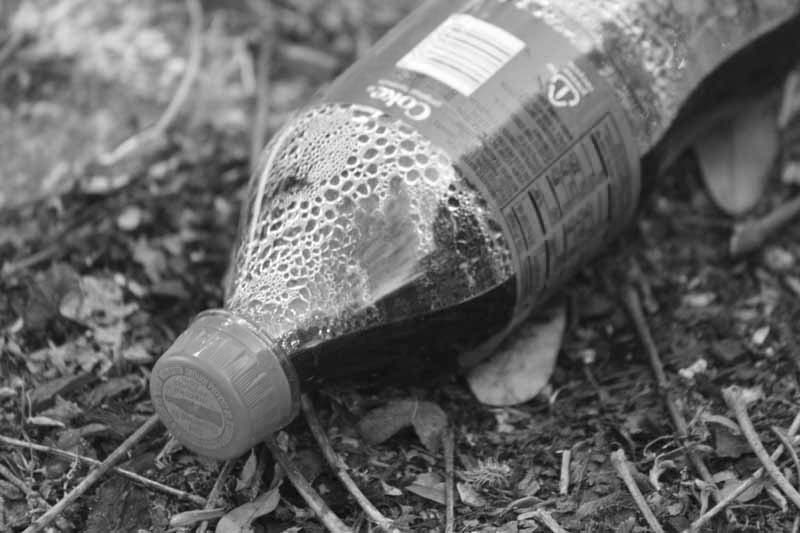 | Jackson Lears delves further into the way that societies eviscerate the individual identity of objects in order to give them mass appeal. Our consuming culture has devalued the unique and individual in favor of meeting the created needs of the multitude. Lears describes this "mass society [as] enmeshed in hurried routine and eager for novelty," one that glances hastily, if at all, at what makes a thing stand out (Lears, 197). And even then, it's to point out the different as some defect or other displeasing quality. So the cycle began, consuming individual object and individual consumer in turn. Eventually, even change itself became commodified, praised not as difference, but merely as a new spin on the old. As Lears remarks, "actual changes might be small…but the appeal to the consumer was great" (Lears, 97). Cultural practices further curbed the curiosity of the individual consumer by not only minimally changing objects, but by presenting them in seemingly new ways. In a sense, this very inclination to conformity reflects the cognitive dissonance in society itself when it realizes that things must at least be shown to stand out. However, this is accomplished through the use of "words and images to entice the audience into the agreeable scenes being created" (Lears, 200). And so no real agent of change is introduced by the culture itself, merely the illusion of change, if even that. The material quality of the object, which Edensor seems to champion, is what brings us back to a sense of the real. Unfortunately, the distracting reality presented by consuming culture leaves "rationality for the few [and] irrationality for the many" (Lears, 201). |
| W.J.T. Mitchell attempts to trace this very real nature of the object through photography in order to understand what it is that objects have to tell us. While Edensor seems to think that the most ruins can do is reveal to us the dream weaved for us by consuming culture, I think this can be taken a small step further; in reclaiming the materiality of the object, the story and consequently history of that object can also tell us something, and this can be revealed to us through photography. Mitchell writes that while the camera "dispels the 'aura' of things by reproducing them…[it is also] the first truly revolutionary means of production" (Mitchell, 54). Thus, through its ability to create through the process of reproduction, photography can provide another medium through which the story of an object can be told. As Mitchell suggests, the camera "seems to come equipped with a historical, documentary claim built into its mechanism: this really happened, and it really looked this way, at this time" (Mitchell, ibid). Rather than allowing this claim to be commoditized, however, the image can instead be used to encapsulate the nature of an object, not reducing it but preserving it. It is this quality which I think Edensor praises in the ability of photography to evoke the other senses through a visual depiction; and it is through this multiple-sensory experience that an object's true and unique story can be realized through a photograph. Mitchell sums this up nicely, saying that the photographic image "is a claim to have captured a piece of the 'historical life-process' as well as the 'physical life-process'" of an object (Mitchell, ibid). |  |